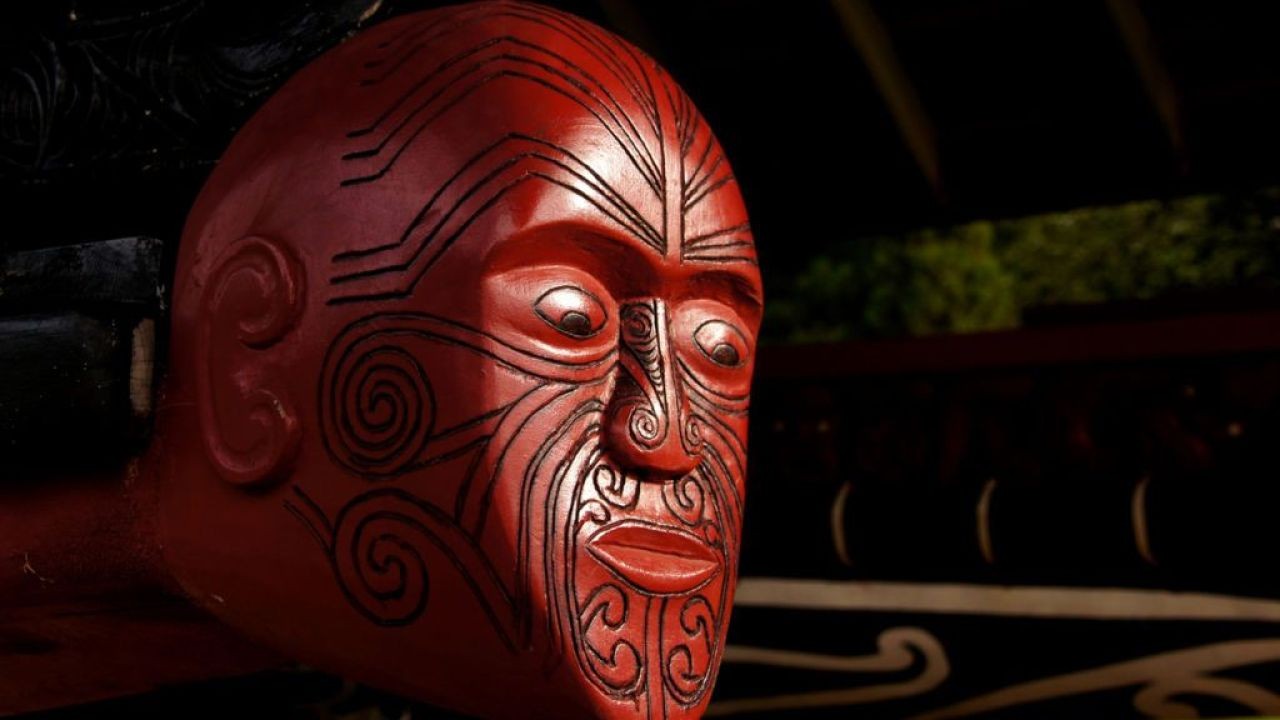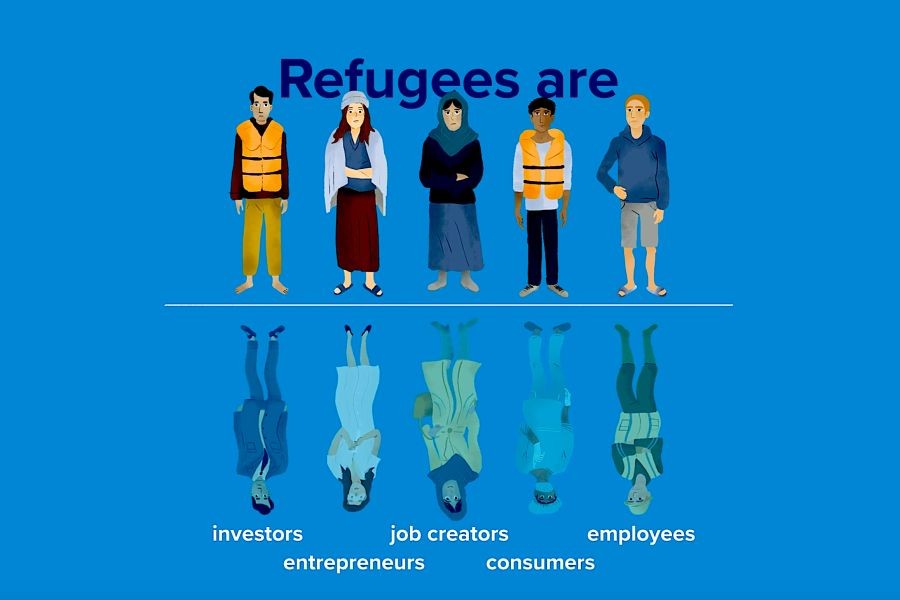In an era where cultural preservation and revitalization are paramount, the fact that only 20% of Māori language speakers in New Zealand are under 30 years old raises significant concerns. This statistic not only highlights the challenges faced by the Māori language but also underscores the broader implications for cultural heritage, identity, and economic opportunities. As an innovation consultant, understanding and addressing this issue is critical for fostering sustainable cultural and economic growth in New Zealand.
Understanding the Importance of the Māori Language
The Māori language, or Te Reo Māori, is an integral part of New Zealand's cultural tapestry. It is not merely a means of communication but a repository of the Māori worldview, traditions, and values. The language's decline among younger generations threatens the cultural continuity and identity of Māori communities. Moreover, it has economic implications, particularly in industries like tourism, where cultural authenticity is a valuable asset.
Impact on New Zealand's Economy
New Zealand's economy benefits significantly from its unique cultural identity, attracting tourists and fostering international relations. According to Stats NZ, the tourism industry contributed NZD 41.9 billion to the economy in 2019, with Māori culture being a key attraction for international visitors. The decline in Māori language speakers among younger generations could undermine this economic advantage, as cultural experiences become less authentic and more commodified.
Pros and Cons Evaluation
Pros of Revitalizing Māori Language
- Cultural Preservation: Revitalizing the Māori language ensures the preservation of Māori traditions, stories, and cultural practices, strengthening community identity and cohesion.
- Economic Opportunities: A strong cultural identity can enhance tourism, attract international students, and create unique branding opportunities for New Zealand businesses.
- Social Cohesion: Promoting the Māori language fosters inclusivity and understanding among different cultural groups, enhancing social harmony.
- Educational Benefits: Bilingualism is linked to cognitive benefits, including improved memory and problem-solving skills, which are advantageous in the global job market.
Cons of Revitalizing Māori Language
- Resource Allocation: Significant investment is required to develop educational resources, train teachers, and implement language programs, which can strain public budgets.
- Resistance to Change: Some may perceive the emphasis on Māori language as politically motivated or unnecessary, leading to resistance from certain segments of the population.
- Implementation Challenges: Ensuring effective language teaching and consistent usage outside educational settings can be challenging, particularly in predominantly English-speaking areas.
Case Study: Successful Māori Language Revitalization
Case Study: Te Kōhanga Reo - A Model for Language Revival
Problem: In the late 20th century, the Māori language was at risk of extinction, with only a small percentage of Māori children speaking the language. This decline threatened cultural identity and heritage.
Action: The establishment of Te Kōhanga Reo, an early childhood education initiative, focused on immersing children in Māori language and culture from a young age. This grassroots movement engaged communities and families in the revitalization effort.
Result: Te Kōhanga Reo significantly increased the number of young Māori language speakers. By 2013, there were over 460 Kōhanga Reo centers across New Zealand, nurturing thousands of bilingual children and contributing to the resurgence of the language.
Takeaway: Community-driven initiatives like Te Kōhanga Reo demonstrate the potential impact of grassroots movements in cultural revitalization. New Zealand businesses and policymakers can learn from this model to support language and cultural initiatives that enhance national identity and economic opportunities.
Data-Driven Analysis
According to a 2023 report by the Ministry of Business, Innovation and Employment (MBIE), businesses incorporating Māori cultural elements into their branding and operations have seen a 25% increase in customer engagement and a 15% boost in sales. This highlights the tangible economic benefits of cultural integration and the potential for growth in sectors like tourism, education, and creative industries.
Furthermore, a study by the University of Auckland found that bilingual employees in New Zealand earn, on average, 10% more than their monolingual counterparts, emphasizing the economic value of language skills in the workforce.
Common Myths & Mistakes
Myth vs. Reality
Myth: "Learning Māori is only for Māori people."
Reality: Māori is an official language of New Zealand, and its learning is encouraged for all citizens to foster cultural understanding and national identity.
Myth: "The Māori language is dying and cannot be revived."
Reality: Successful initiatives like Te Kōhanga Reo demonstrate that with concerted effort and community involvement, language revitalization is achievable.
Myth: "Māori language skills have no economic value."
Reality: Bilingualism, including Māori language skills, is associated with cognitive benefits and economic advantages, such as higher earning potential and increased job opportunities.
Future Trends & Predictions
By 2030, New Zealand is projected to experience a significant increase in Māori language speakers, driven by educational reforms and cultural initiatives. The government’s commitment to making Māori language a compulsory subject in schools by 2025 is expected to dramatically increase fluency among younger generations.
Furthermore, as global interest in indigenous cultures grows, New Zealand's unique cultural offerings will become even more valuable. Businesses that integrate Māori language and culture into their operations will likely see enhanced brand loyalty and market differentiation.
Conclusion
Revitalizing the Māori language is not just a cultural imperative but also an economic opportunity for New Zealand. By embracing and promoting Te Reo Māori, New Zealand can enhance its cultural identity, foster social cohesion, and unlock significant economic potential. As innovation consultants, it is crucial to support initiatives that integrate cultural heritage with economic strategies, ensuring a sustainable and prosperous future for all New Zealanders.
Ready to harness the power of cultural revitalization in your business strategy? Share your thoughts and insights below, and let's continue the conversation on how we can collaboratively support New Zealand's cultural and economic growth.
People Also Ask
- How does Māori language revitalization impact businesses in New Zealand? NZ businesses embracing Māori language report increased customer engagement and sales, enhancing brand loyalty and market differentiation.
- What are the biggest misconceptions about Māori language learning? A common myth is that it’s only for Māori people, but learning Māori fosters national identity and cultural understanding for all New Zealanders.
- What strategies are effective for revitalizing the Māori language? Community-driven initiatives like Te Kōhanga Reo and government policies mandating Māori language education in schools are effective strategies.
Related Search Queries
- Māori language revitalization initiatives
- Economic impact of Māori culture
- Māori language education in New Zealand
- Benefits of bilingualism in NZ
- Māori language in the workplace

























